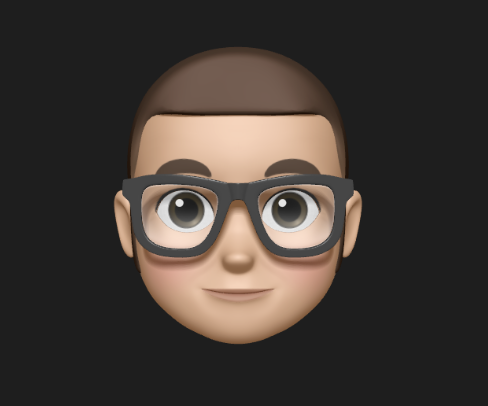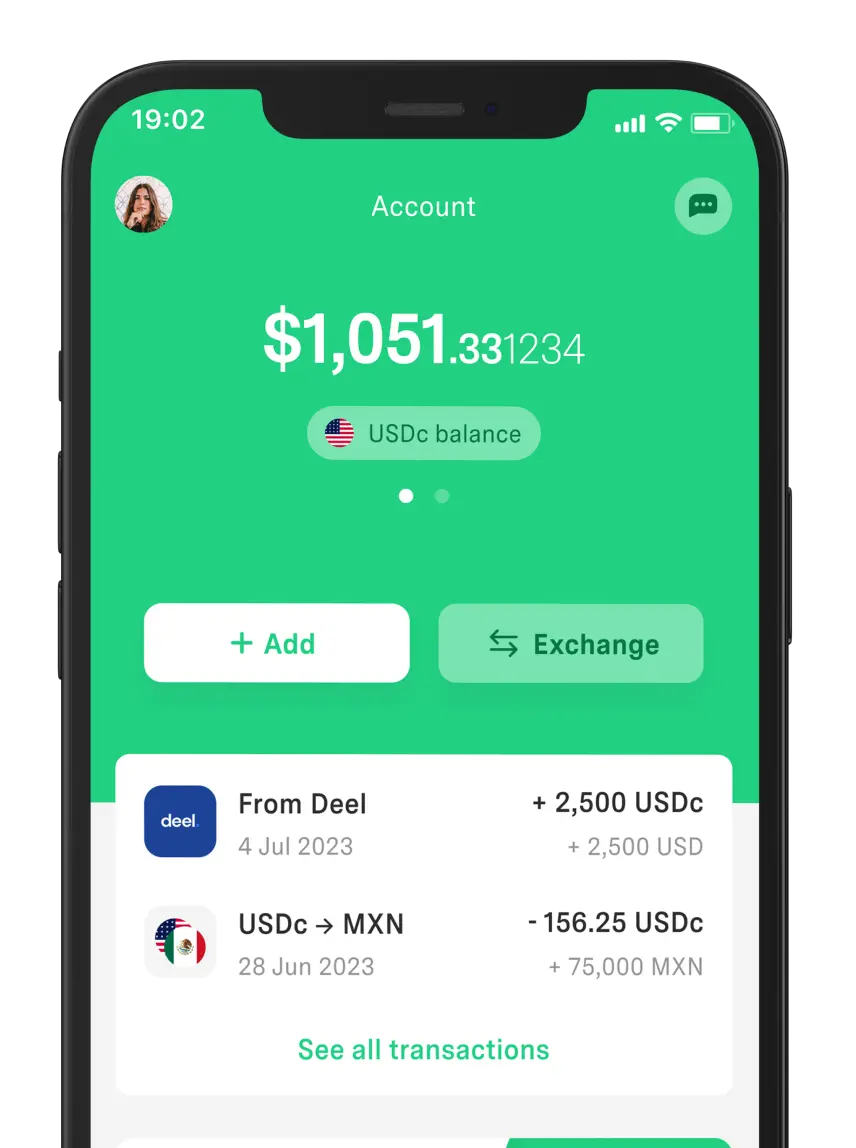 Freelancer tips
Freelancer tips Zoom: What It Is, How It Works, Features, and How to Install It
Zoom is an ideal option for both professional and personal use. Discover Zoom’s features and how to install it on your device.



Consumer needs are everything a person feels they’re lacking that leads them to become interested in certain products or services. For a business, freelancer, or personal brand, they’re the foundation for adjusting their offer.
This includes redefining services, changing sales messages, improving customer support, and even deciding what not to offer.
When you know what your customer is missing, worried about, or wanting, it becomes much easier to offer valuable solutions instead of more of the same. At DolarApp, we need to understand what users are looking for and implement useful improvements that make their day-to-day use easier.
Do you have a business and want to learn how to identify consumer needs to make better decisions?
In this article, we tell you everything you need to know…
They’re the drives or factors that motivate a person’s purchasing behavior. Something perceived as essential to improve life and that pushes them to look for solutions.
Now, they’re not the same as a want, because a need usually responds to deeper motivations like safety, comfort, or recognition. In contrast, wants tend to change with trends, context, or budget.
For businesses, freelancers, and brands, understanding this difference is key. When they do, they can design truly useful products, more effective marketing strategies, and deliver a customer experience that aligns with what people value.
Types of consumer needs can be classified according to their level of importance or the motivation that drives them.
According to the theory of human motivation proposed by Abraham Maslow (1943, 1954), they are grouped into 5 levels:

1. Self-actualization needs. Focused on personal growth, freedom, or the search for purpose.
2. Esteem needs. Related to recognition, success, or status.
3. Social needs. Connected with belonging, friendship, or relationships with others.
4. Safety needs. Cover everything from physical protection and financial stability to trust in the products or services people consume.
5. Basic or physiological needs. Essential needs that guarantee survival, such as eating, resting, or having a place to live.
This hierarchy of needs helps brands and professionals understand what motivates consumer purchasing decisions. That way, they can adapt their offer to connect with each level.
When we talk about consumer motivations, we’re referring to those internal impulses that transform a need into an action. In other words, simply recognizing there’s a lack isn’t enough—there has to be an emotional or psychological reason. That’s what pushes us to choose a specific product or service.
Let’s say that right now your main need is security, and you’re looking for digital financial services that give you peace of mind. As a result, you’re drawn to DolarApp and choose it because it offers trust and transparency.
In this case, the decision isn’t based solely on the functionality of the service, but on the trust it inspires.
Three main factors come into play in this process:
1. Perception: influences how you interpret the information you receive from a brand.
2. Learning: develops from experience, reinforcing or changing behaviors.
3. Attitude: combines thoughts and emotions that guide your final decision.
Understanding this connection between consumer needs and motivations is key in marketing to anticipate what really drives the customer.
Two people can have the same need, but their buying motivations will differ depending on their history, values, or experiences.
Understanding what drives consumers means observing what they buy, why they do it, what motivates them, and what they expect from a brand.
To do this, follow these steps:
Conduct market research.
Listen to your audience.
Analyze the data.
Create empathy maps and buyer personas.
Use support tools.
Adjust your offer.
This means gathering information about customer habits, preferences, and behavior. You can do this through surveys, interviews, or trend studies
These data will help you define better response strategies to needs and adjust your marketing mix to real consumer behavior.
Active listening is key to understanding how your audience feels about your products/services. So you should review and analyze comments on social media, reviews, emails, and chat messages.
Spontaneous conversations often reveal needs that don’t always show up in formal data. Plus, they help you build quality indicators that show whether you’re meeting market needs.
Check interaction reports, satisfaction metrics, and customer reviews. This way, you’ll be able to detect what they value, what bothers them, and how they perceive their experience with a brand.
Build a buyer persona to dive deeper into your ideal customer and create solutions that emotionally connect with their motivations. This helps you understand what they think, feel, and are trying to solve.
It’s also a good idea to apply deep work—dedicating uninterrupted time blocks to dig into consumer needs and motivations.
Use platforms like Google Workspace to support consumer analysis or manage insights in a collaborative environment. This way, you can document findings, share conclusions, and make decisions as a team.
All the information you collect only makes sense if you use it to make concrete changes.
Based on your findings, you can test new ideas, make gradual adjustments, and measure customer response. As a result, you’ll be able to create products, services, and experiences aligned with what consumers actually need.
There are many everyday situations that reflect consumer needs.
Here are some practical examples of consumer needs:
Food and well-being. Buying fresh food or healthy meal options to take care of health and have energy throughout the day.
Digital payments. Using apps to gain more control over currencies and security in digital payments (e.g., DolarApp).
Home protection. Buying cameras, motion sensors, or smart locks to monitor the home remotely and receive alerts on the phone in case of any attempted intrusion.
Usability. Ordering through a shopping app with a simple menu, clear search, and a checkout process in just a few steps—without endless forms or confusing screens.
Speed. Using apps to get a ride in seconds and see the driver’s location in real time (e.g., Uber or DiDi).
Professional recognition. Enrolling in a course or certification and showcasing those achievements on a résumé to reinforce professional credibility.
Personal development and purpose. Taking online courses, starting a personal project, or collaborating in initiatives aligned with one’s own values.
Responsible consumption. Shopping at a store that sells biodegradable cleaning products and reduces the use of plastic packaging.
Waste reduction. Choosing supermarkets that allow you to bring your own containers or bags and reward these practices with discounts or points.
Trust and belonging. Joining platforms with loyalty or membership programs, such as airline or coffee shop points schemes.
These cases give you an idea of how needs translate into purchase motivations. By analyzing them in detail, it becomes much easier to interpret customer behavior and connect it to your differentiation strategy.
Understanding consumer needs is essential to creating solutions that deliver real value. When you understand buying motivations, you can adapt your value proposition, messaging, and overall experience.
Whether you work at a company or as a freelancer, the starting point is to listen, analyze, and act based on real needs. As a result, you’ll be able to differentiate yourself, build trust, and grow sustainably.
At DolarApp, we work to offer you simple and secure financial solutions. With us, you can operate with digital dollars (USDc) and digital euros (EURc) without complications.
Download DolarApp and use it to send, receive, buy, and/or sell USDc and EURc—we offer a transparent and competitive exchange rate.
They’re impulses or factors that arise from a lack and influence consumer behavior. They serve as a guide to understand what products or services someone is looking for to improve their life or solve a problem.
According to Maslow’s theory, they’re classified into basic, safety, social, esteem, and self-actualization needs. Each one influences a person’s decisions and purchase motivations in different ways.
A need is the underlying lack—for example, security—while motivation is what transforms that lack into action. Motivation also takes into account emotions, experiences, and expectations up to the point of choosing a specific brand or solution.
First, you need to research the market and practice active listening in channels like social media or customer service. Then, you have to carefully analyze the data to detect patterns and adjust products, messages, and experiences to their real needs.
Sources:

Los países tienen fronteras. Tus finanzas, ya no.
 Freelancer tips
Freelancer tips Zoom is an ideal option for both professional and personal use. Discover Zoom’s features and how to install it on your device.

 Freelancer tips
Freelancer tips A well-crafted executive summary concentrates the most important parts of a document so it can be understood in minutes. Here are the steps to create one.

 Freelancer tips
Freelancer tips Within content marketing, the blog is still key for visibility and trust. Discover 8 of its main benefits here.


